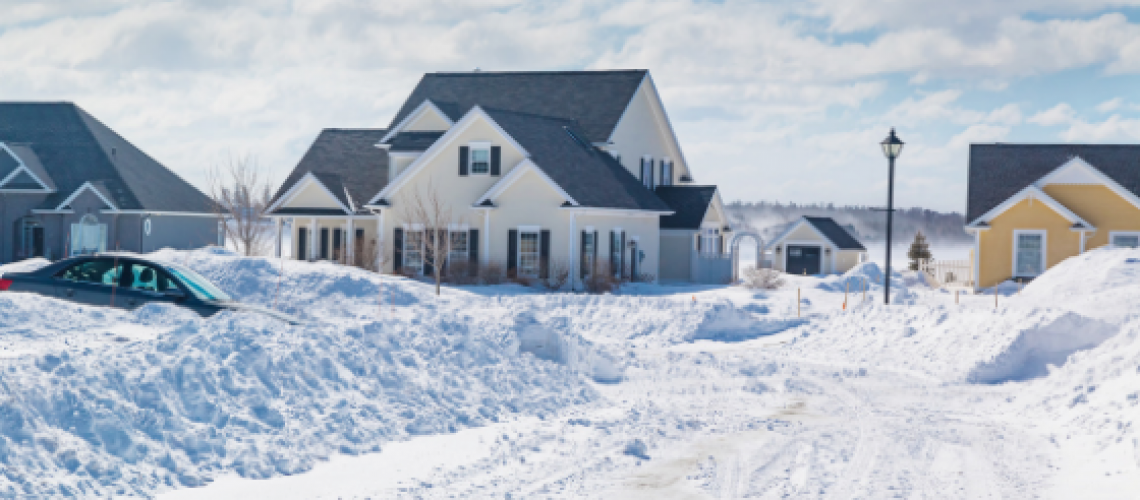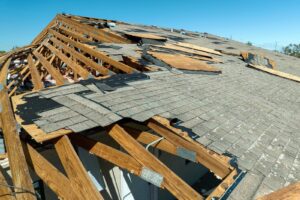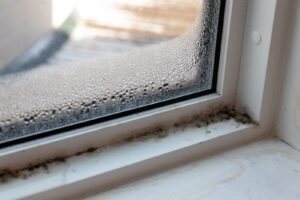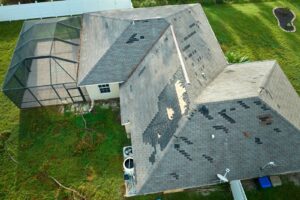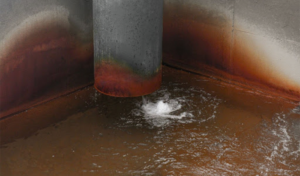Depending on where you live, blizzards may be a common occurrence in the wintertime. Be prepared for the worst this winter with a few of these tips on prepping your home for a blizzard. Though it may not seem as serious as other storms, snowstorms can cause structural damage, injury, and leave you stranded without power and electricity for extended periods.
Stock Up
During a blizzard, you’ll want to avoid leaving the house at all costs. Be sure that you have what you need to stay in for some time. This could include things like food and water, but also de-icing salt, sand, a snowblower, a snow shovel, and so on. Before the storm hit, be sure to check up on your snow blower and ensure that it still works. Check to make sure that de-icing salt bag is full. And restock those emergency kits with at least 72-hours worth of non-perishable food and water for each member of the household. In case you don’t have access to running water during a blizzard, it may also be a good idea to keep some 5-gallon buckets of water on hand for cleaning and hygiene purposes.
Stock up on anything else you may need to stay comfortable and warm during a blizzard. Consider that you may not have power during the storm. In your emergency kits include batteries, blankets, warm clothing, matches, a gas stove, and anything else you may need.
Be Prepared
Before that cold weather hits, prepare your home and the items you’ll need. Check your gutter to be sure they are cleaned away and ready for a meltdown. Test your sump pump and ensure that it’s ready for the same. Install window well covers to keep water and snow out of your window wells and basement. Prepare your snow shovel by spraying it with non-stick spray—this will keep snow and ice from sticking to it, keeping it smooth and ready to go.
Winterize your home before winter by insulating attics, walls, pipes, and basements. Service your furnace and ensure that is it functioning at full capacity. Caulk any cracks in walls, replace any cracked windows. Check your roof to ensure it can withstand the weight of snowfall. A square foot of freshly fallen snow that is one foot deep weighs about five pounds. Packed down snow weighs even more. Ice is also a little heavier than snow. Be sure that your roof can handle above-average snowfall for your area. You never know when your roof will be dumped on! If you do have a pile-up of snow on your roof and are worried about possible damage, you can use a snow rake to relief your roof of some of that snow.
If your home has been impacted by blizzards and is in need of some repair, call the professionals at RestoreMasters. We’ll have your home restored to its former glory in no time.

